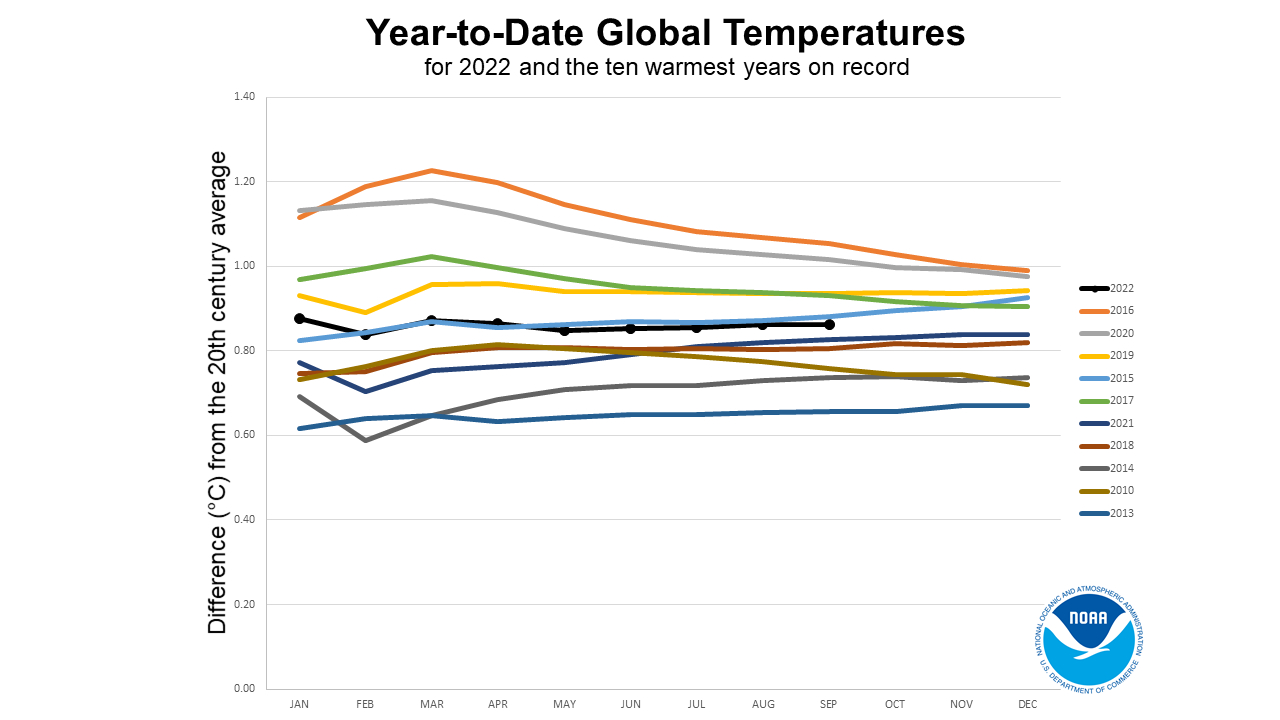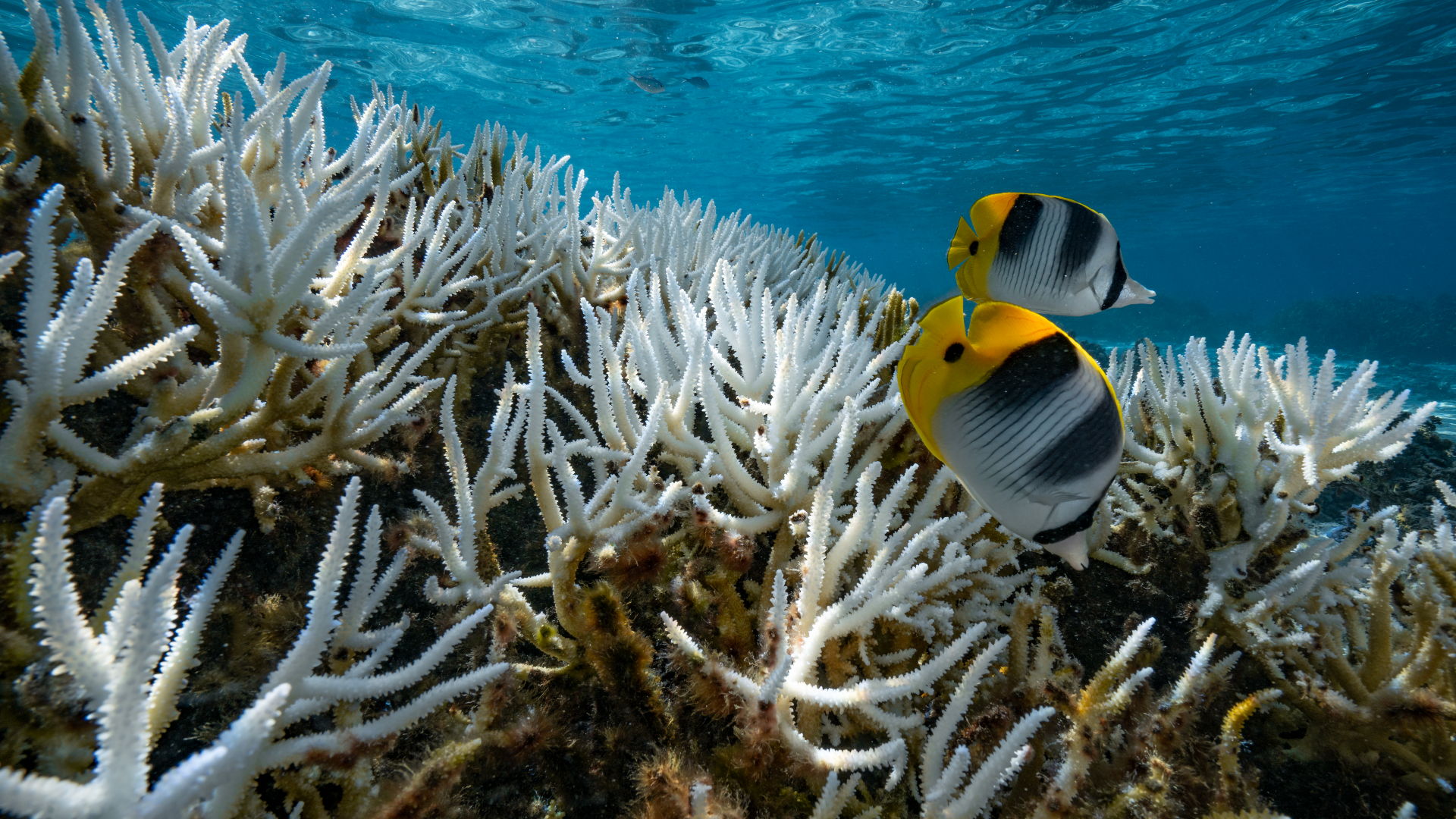What are the effects of global warming?
The effects of global warming will be far-reaching and often devastating, scientists have warned.
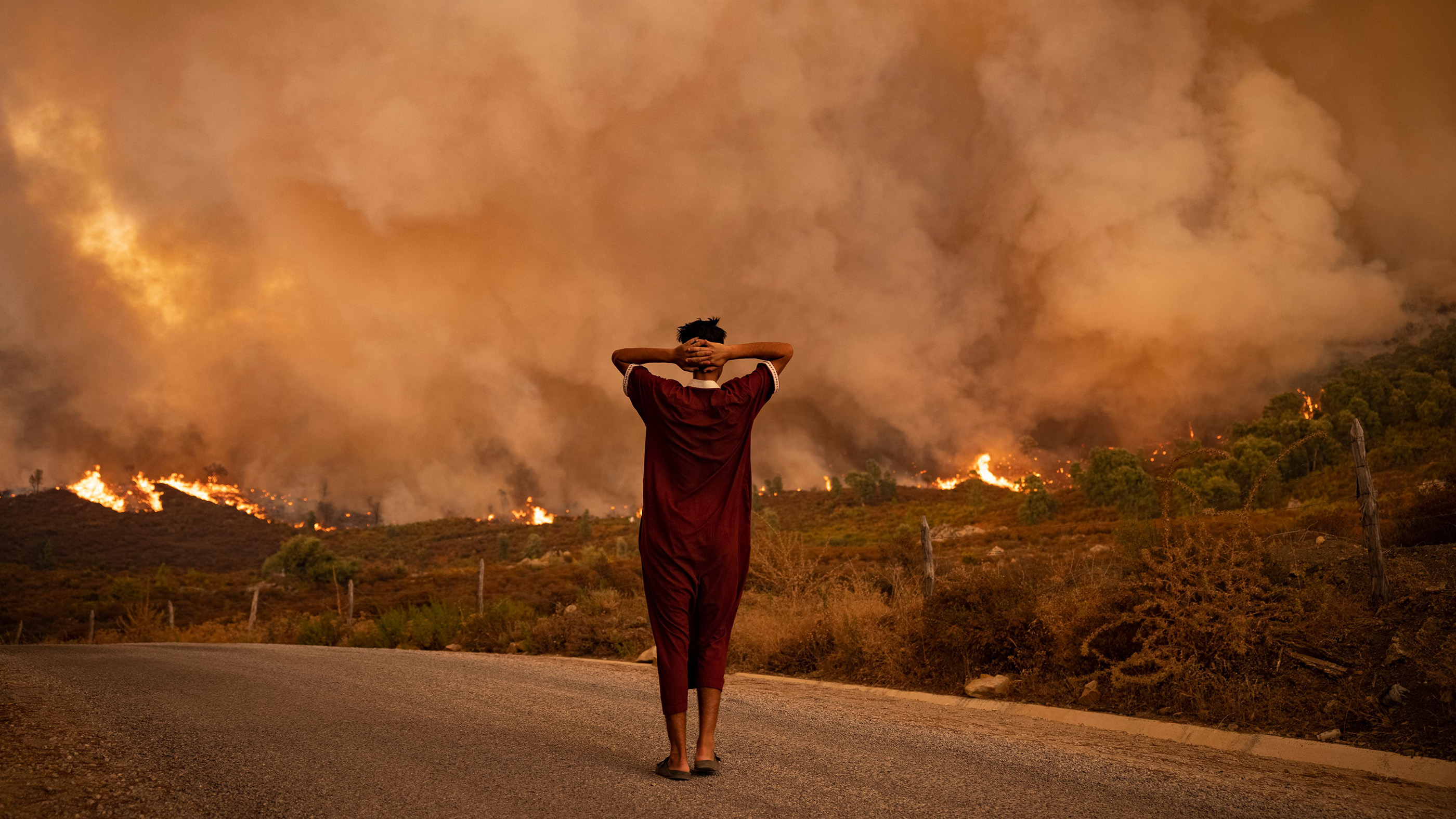
The effects of global warming can be seen and felt across the planet. Global warming, the gradual heating of Earth's surface, oceans and atmosphere, is caused by human activity, primarily the burning of fossil fuels that pump carbon dioxide (CO2), methane and other greenhouse gases into the atmosphere.
Already, the consequences of global warming are measurable and visible.
"We can observe this happening in real time in many places," Josef Werne, a professor of geology and environmental science at the University of Pittsburgh, told Live Science. "Ice is melting in both polar ice caps and mountain glaciers. Lakes around the world, including Lake Superior, are warming rapidly — in some cases faster than the surrounding environment. Animals are changing migration patterns and plants are changing the dates of activity," such as trees budding their leaves earlier in the spring and dropping them later in the fall.
Here is an in-depth look at the ongoing effects of global warming.
Global warming increases average temperatures and temperature extremes
One of the most immediate and obvious consequences of global warming is the increase in temperatures around the world. The average global temperature has increased by about 1.4 degrees Fahrenheit (0.8 degrees Celsius) over the past 100 years, according to the National Oceanic and Atmospheric Administration (NOAA).
Since record keeping began in 1895, the hottest year on record worldwide was 2016, according to NOAA and NASA data. That year Earth's surface temperature was 1.78 degrees F (0.99 degrees C) warmer than the average across the entire 20th century. Before 2016, 2015 was the warmest year on record, globally. And before 2015? Yep, 2014. In fact, all 10 of the warmest years on record have occurred since 2005, which tied with 2013 as the 10th-warmest year on record, according to NOAA’s Global Climate Report 2021. Rounding out the top 6 hottest years on record across the globe are (in order of hottest to not as hot): 2020, 2019, 2015, 2017 and 2021.
For the contiguous United States and Alaska, 2016 was the second-warmest year on record and the 20th consecutive year that the annual average surface temperature exceeded the 122-year average since record keeping began, according to NOAA. Shattered heat records in the U.S. are increasingly becoming the norm: June 2021, for example, saw the warmest temperatures on record for that month for 15.2%of the contiguous U.S. That's the largest extent of record warm temperatures ever recorded in the country, according to the National Centers for Environmental Information.
Get the world’s most fascinating discoveries delivered straight to your inbox.
Global warming increases extreme weather events
As global average temperatures warm, weather patterns are changing. An immediate consequence of global warming is extreme weather.
These extremes come in a lot of different flavors. Paradoxically, one effect of climate change can be colder-than-normal winters in some areas.
Changes in climate can cause the polar jet stream — the boundary between the cold North Pole air and the warm equatorial air — to migrate south, bringing with it cold, Arctic air. This is why some states can have a sudden cold snap or colder-than-normal winter, even during the long-term trend of global warming, Werne explained.
Werne received his doctorate in Geological Sciences at Northwestern University in 2000 with an emphasis in Biogeochemistry. He was a postdoctoral research scientist at the Royal Netherlands Institute for Sea Research from 2000 to 2002 and on the faculty of the Large Lakes Observatory and Department of Chemistry and Biochemistry (assistant/associate professor) at the University of Minnesota Duluth, before joining the department in 2012. Werne spent a year in Perth, Australia, as a visiting senior fellow at the Institute for Advanced Studies of the University of Western Australia, as well as a visiting scientist in the Western Australia Organic and Isotope Geochemistry Centre at Curtin University.
"Climate is, by definition, the long-term average of weather, over many years. One cold (or warm) year or season has little to do with overall climate. It is when those cold (or warm) years become more and more regular that we start to recognize it as a change in climate rather than simply an anomalous year of weather," he said.
Global warming is also changing other extreme weather. According to the Geophysical Fluid Dynamics Laboratory of NOAA, hurricanes are likely to become more intense, on average, in a warming world. Most computer models suggest that hurricane frequency will stay about the same (or even decrease), but those storms that do form will have the capacity to drop more rain due to the fact that warmer air holds more moisture.
"And even if they become less frequent globally, hurricanes could still become more frequent in some particular areas," said atmospheric scientist Adam Sobel, author of "Storm Surge: Hurricane Sandy, Our Changing Climate, and Extreme Weather of the Past and Future" (HarperWave, 2014). "Additionally, scientists are confident that hurricanes will become more intense due to climate change." This is because hurricanes get their energy from the temperature difference between the warm tropical ocean and the cold upper atmosphere. Global warming increases that temperature difference.
"Since the most damage by far comes from the most intense hurricanes — such as typhoon Haiyan in the Philippines in 2013 — this means that hurricanes could become overall more destructive," said Sobel, a Columbia University professor in the departments of Earth and Environmental Sciences, and Applied Physics and Applied Mathematics. (Hurricanes are called typhoons in the western North Pacific, and they're called cyclones in the South Pacific and Indian oceans.)
What's more, hurricanes of the future will be hitting shorelines that are already prone to flooding due to the sea-level rise caused by climate change. This means that any given storm will likely cause more damage than it would have in a world without global warming.
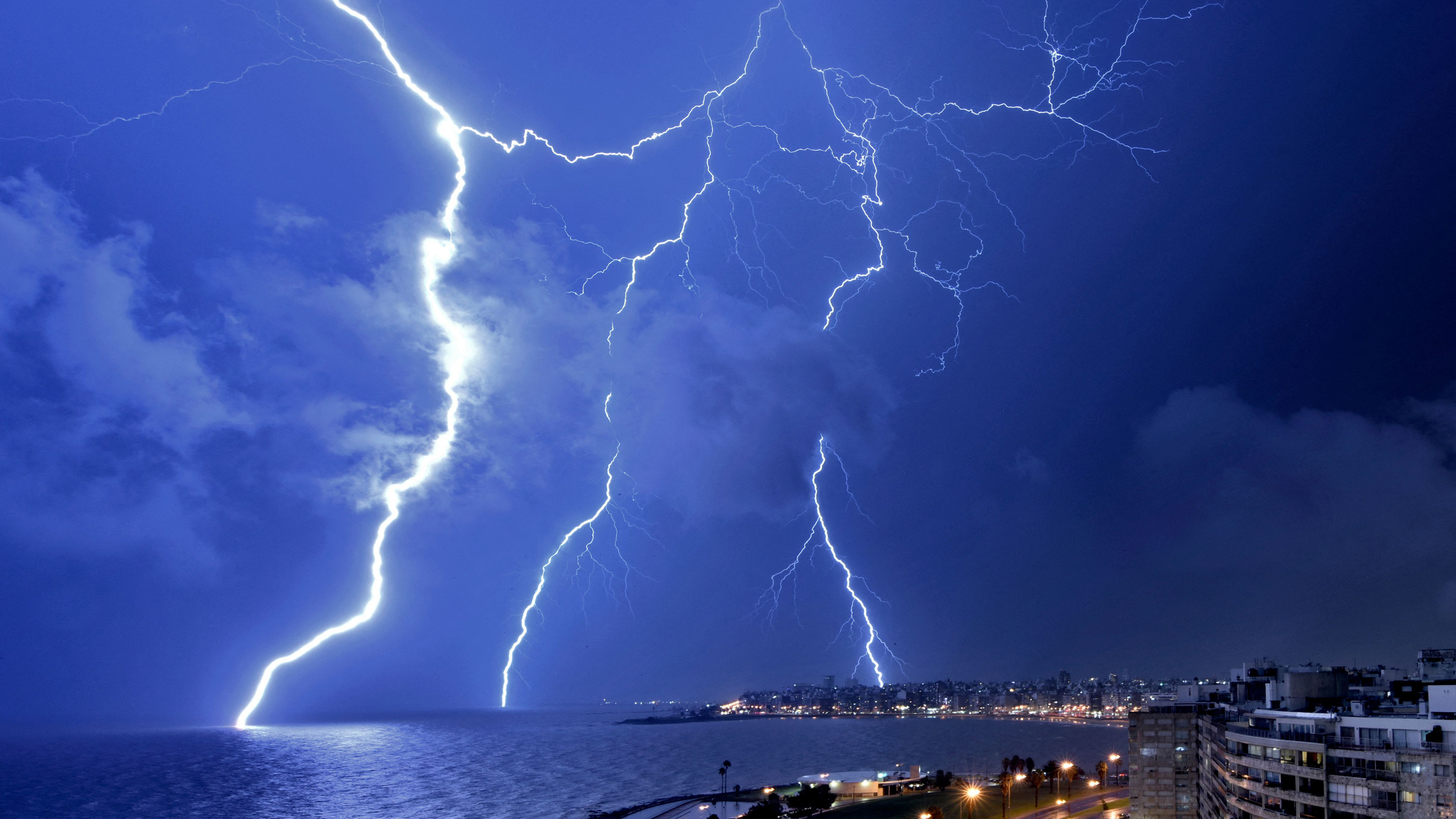
Lightning is another weather feature that is being affected by global warming. According to a 2014 study, a 50% increase in the number of lightning strikes within the United States is expected by 2100 if global temperatures continue to rise. The researchers of the study found a 12% increase in lightning activity for every 1.8 degree F (1 degree C) of warming in the atmosphere. NOAA established the U.S. Climate Extremes Index (CEI) in 1996 to track extreme weather events. The number of extreme weather events that are among the most unusual in the historical record, according to the CEI, has been rising over the last four decades. Scientists project that extreme weather events, such as heat waves, droughts, blizzards and rainstorms will continue to occur more often and with greater intensity due to global warming, according to Climate Central. Climate models forecast that global warming will cause climate patterns worldwide to experience significant changes. These changes will likely include major shifts in wind patterns, annual precipitation and seasonal temperatures variations. These impacts vary by location and geography. For example, according to the U.S. Environmental Protection Agency (EPA), the eastern United States has been trending wetter over time, while the West – and particularly the Southwest – have become increasingly dry. Because high levels of greenhouse gases are likely to remain in the atmosphere for many years, these changes are expected to last for several decades or longer, according to the EPA.
Global warming melts ice
One of the primary manifestations of climate change so far is melt. North America, Europe and Asia have all seen a trend toward less snow cover between 1960 and 2015, according to 2016 research published in the journal Current Climate Change Reports. According to the National Snow and Ice Data Center, there is now 10% less permafrost, or permanently frozen ground, in the Northern Hemisphere than there was in the early 1900s. The thawing of permafrost can cause landslides and other sudden land collapses. It can also release long-buried microbes, as in a 2016 case when a cache of buried reindeer carcasses thawed and caused an outbreak of anthrax.
One of the most dramatic effects of global warming is the reduction in Arctic sea ice. Sea ice hit record-low extents in both the fall and winter of 2015 and 2016, meaning that at the time when the ice is supposed to be at its peak, it was lagging. The melt means there is less thick sea ice that persists for multiple years. That means less heat is reflected back into the atmosphere by the shiny surface of the ice and more is absorbed by the comparatively darker ocean, creating a feedback loop that causes even more melt, according to NASA's Operation IceBridge.
Glacial retreat, too, is an obvious effect of global warming. Only 25 glaciers bigger than 25 acres are now found in Montana's Glacier National Park, where about 150 glaciers were once found, according to the U.S. Geological Survey. A similar trend is seen in glacial areas worldwide. According to a 2016 study in the journal Nature Geoscience, there is a 99% likelihood that this rapid retreat is due to human-caused climate change. Some glaciers retreated up to 15 times as much as they would have without global warming, those researchers found.
Sea levels and ocean acidification
In general, as ice melts, sea levels rise. According to a 2021 report by the World Meteorological Organization, the pace of sea level rise doubled from 0.08 inches (2.1 millimeters) per year between 1993 and 2002 to 0.17 inches (4.4 mm) per year between 2013 and 2021.
Melting polar ice in the Arctic and Antarctic regions, coupled with melting ice sheets and glaciers across Greenland, North America, South America, Europe and Asia, are expected to raise sea levels significantly. Global sea levels have risen about 8 inches since 1870, according to the EPA, and the rate of increase is expected to accelerate in the coming years. If current trends continue, many coastal areas, where roughly half of the Earth's human population lives, will be inundated.
Researchers project that by 2100, average sea levels will be 2.3 feet (.7 meters) higher in New York City, 2.9 feet (0.88 m) higher at Hampton Roads, Virginia, and 3.5 feet (1.06 m) higher at Galveston, Texas, the EPA reports. According to an IPCC report, if greenhouse gas emissions remain unchecked, global sea levels could rise by as much as 3 feet (0.9 meters) by 2100. That estimate is an increase from the estimated 0.9 to 2.7 feet (0.3 to 0.8 meters) that was predicted in the 2007 IPCC report for future sea-level rise.
Sea level isn't the only thing changing for the oceans due to global warming. As levels of CO2 increase, the oceans absorb some of that gas, which increases the acidity of seawater. Werne explains it this way: "When you dissolved CO2 in water, you get carbonic acid. This is the same exact thing that happens in cans of soda. When you pop the top on a can of Dr Pepper, the pH is 2 — quite acidic."
Since the Industrial Revolution began in the early 1700s, the acidity of the oceans has increased about 25 percent, according to the EPA. "This is a problem in the oceans, in large part, because many marine organisms make shells out of calcium carbonate (think corals, oysters), and their shells dissolve in acid solution," said Werne. "So as we add more and more CO2 to the ocean, it gets more and more acidic, dissolving more and more shells of sea creatures. It goes without saying that this is not good for their health."
If current ocean acidification trends continue, coral reefs are expected to become increasingly rare in areas where they are now common, including most U.S. waters, the EPA reports. In 2016 and 2017, portions of the Great Barrier Reef in Australia were hit with bleaching, a phenomenon in which coral eject their symbiotic algae. Bleaching is a sign of stress from too-warm waters, unbalanced pH or pollution; coral can recover from bleaching, but back-to-back episodes make recovery less likely.
Plants and animals
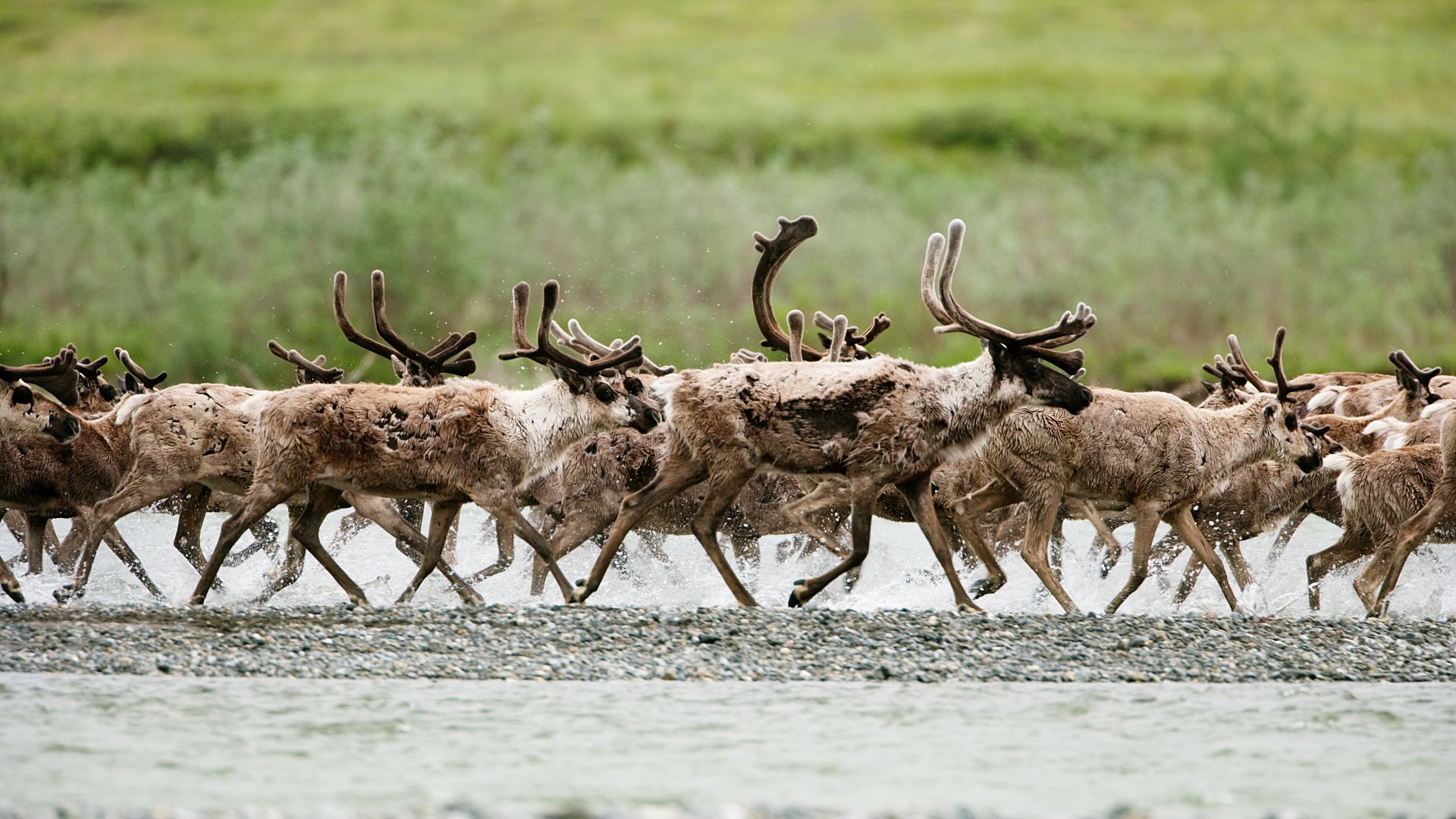
The effects of global warming on Earth's ecosystems are expected to be significant and widespread. Many species of plants and animals are already moving their range northward or to higher altitudes as a result of warming temperatures, according to a report from the National Academy of Sciences.
"They are not just moving north, they are moving from the equator toward the poles. They are quite simply following the range of comfortable temperatures, which is migrating to the poles as the global average temperature warms," Werne said. Ultimately, he said, this becomes a problem when the rate of climate change velocity (how fast a region changes put into a spatial term) is faster than the rate that many organisms can migrate. Because of this, many animals may not be able to compete in the new climate regime and may go extinct.
Additionally, migratory birds and insects are now arriving in their summer feeding and nesting grounds several days or weeks earlier than they did in the 20th century, according to the EPA.
Warmer temperatures will also expand the range of many disease-causing pathogens that were once confined to tropical and subtropical areas, killing off plant and animal species that formerly were protected from disease.
In addition, animals that live in the polar regions are facing an existential threat. In the Arctic, the decline in sea ice and changes in ice melt threaten particularly ice-dependent species, such as narwhals (Monodon monoceros), polar bears (Ursus maritimus) and walruses (Odobenus rosmarus), the World Wildlife Fund (WWF) noted. Animals in the Antarctic also face serious challenges — in Oct. 2022 the U.S. Fish and Wildlife Service declared emperor penguins (Aptenodytes forsteri) as endangered due to the threat of climate change.
A 2020 study published in the journal Proceedings of the National Academy of Sciences suggested that 1 in every 3 species of plant and animal are at risk of extinction by 2070 due to climate change.
Social effects
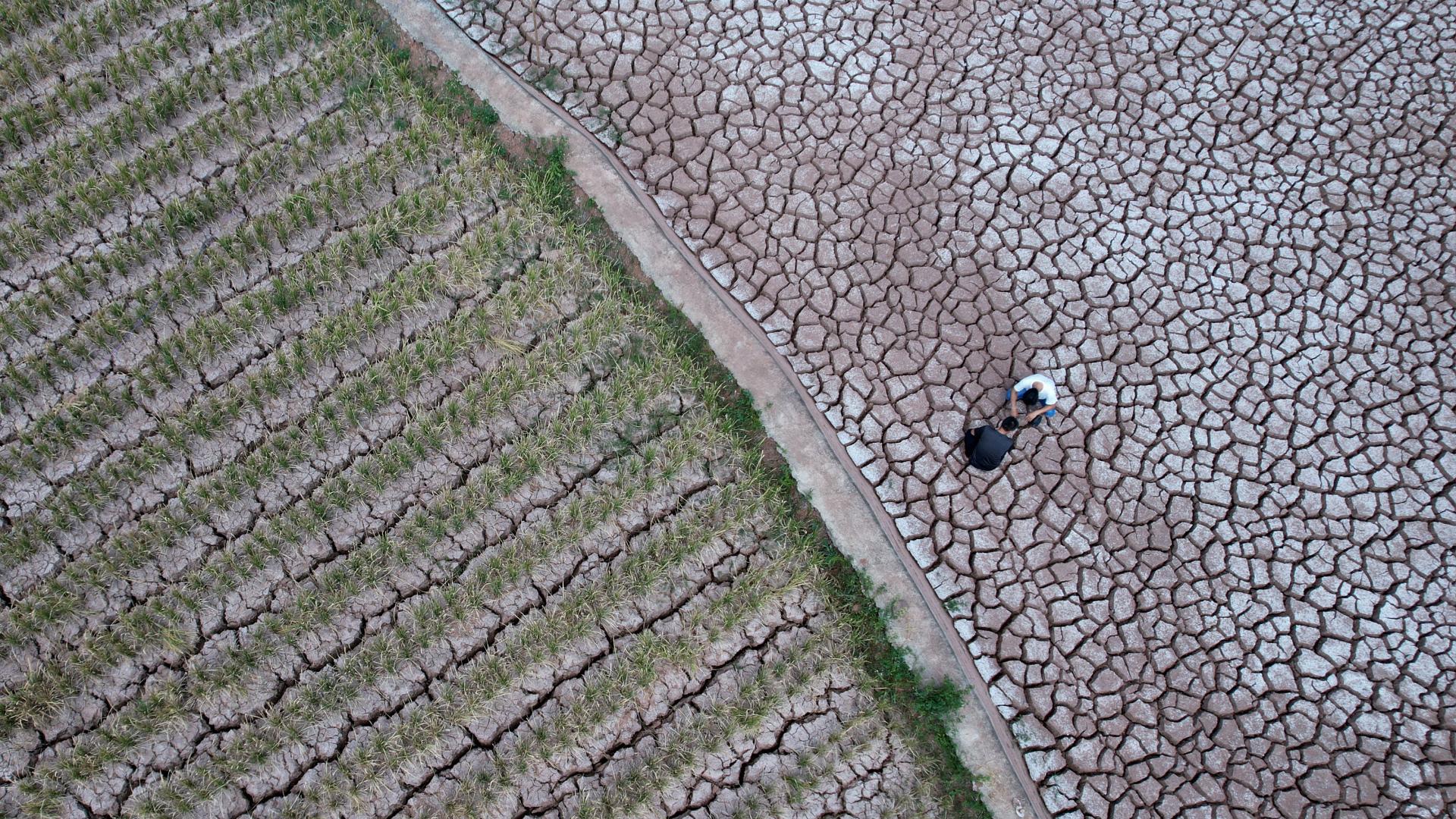
As dramatic as the effects of climate change are expected to be on the natural world, the projected changes to human society may be even more devastating.
Agricultural systems will likely be dealt a crippling blow. Though growing seasons in some areas will expand, the combined impacts of drought, severe weather, lack of accumulated snowmelt, greater number and diversity of pests, lower groundwater tables and a loss of arable land could cause severe crop failures and livestock shortages worldwide.
North Carolina State University also notes that carbon dioxide is affecting plant growth. Though CO2 can increase the growth of plants, the plants may become less nutritious.
This loss of food security may, in turn, create havoc in international food markets and could spark famines, food riots, political instability and civil unrest worldwide, according to a number of analyses from sources as diverse as the U.S Department of Defense, the Center for American Progress and the Woodrow Wilson International Center for Scholars.
In addition to less nutritious food, the effect of global warming on human health is also expected to be serious. The American Medical Association has reported an increase in mosquito-borne diseases like malaria and dengue fever, as well as a rise in cases of chronic conditions like asthma, most likely as a direct result of global warming. The 2016 outbreak of Zika virus, a mosquito-borne illness, highlighted the dangers of climate change. The disease causes devastating birth defects in fetuses when pregnant women are infected, and climate change could make higher-latitude areas habitable for the mosquitoes that spread the disease, experts said. Longer, hotter summers could also lead to the spread of tick-borne illnesses.
Further reading on the impacts of global warming
Many governments and agencies keep up-to-date information on climate change research and statistics online. The most comprehensive and in-depth global reports are produced by the Intergovernmental Panel on Climate Change (IPCC), which released its Sixth Assessment Report on the science of climate change in 2021.
For a historical look at the effects of climate change on Earth (and how modern warming compares), read Peter Brannen's "The Ends of the Earth: Volcanic Apocalypses, Lethal Oceans, and Our Quest to Understand Earth’s Past Mass Extinctions" (Ecco, 2017).
For more on the potential impacts of climate change in urban environments, the freely available book chapter Climate Change and its Impacts in the book "Climate Change Resilience in the Urban Environment" (IOP Publishing, 2017) covers the challenges that lay ahead for human populations.
Finally, for a psychological deep-dive on why all of this bad news is hard to take in, try "Don't Even Think About It: Why Our Brains Are Wired to Ignore Climate Change" (Bloomsbury USA, 2015) by climate activist and communicator George Marshall.
Additional resources
- This NASA page includes a series of visualizations that illustrate how some of Earth's key climate indicators — sea ice, sea level, global temperature and carbon dioxide — are changing over time.
- This NOAA sea-level rise learning module includes educational videos, background for teachers, learning objectives and more.
- ClimateBrief has gathered 10 of the best climate change videos on YouTube.
Bibliography



